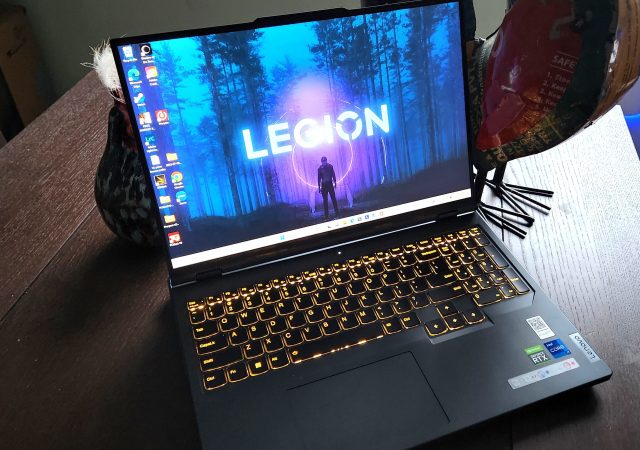[Article first published as Apple’s Newly Awarded Patent and a Broken System on Blogcritics.]
If you read my stuff with any sort of frequency then you know how I feel about the current state of the American patent system as it’s applied to software and technology. The people that originally developed the patent system had no way of knowing what it would mean in today’s explosion of technological advance.
The result, in my humble opinion, is that the system is broken for the modern age and in need of an overhaul. Over the last few years I’ve seen patents, which were originally developed as a form of protection for an inventor, become a corrupted version of its original intent. Instead of protection they’re now used primarily as strategy and legal weaponry against competition. And the reason is the pure power behind it – a patent grants exclusive rights on the technology in question for 20 years.
Outside of basic patent trolling, there are a number of examples that can be cited here that illustrate the shambles that our patent system is now plagued with, but it was the most recent one that set me off this week. Just recently Apple, which is a perennial member of the patent lawsuit club, was just awarded patent 8,046,721 (7,657,849 is the same thing just older) by the good ol’ USPTO, entitled “Unlocking a device by performing gestures on an unlock image.” I’m going to let that one sink in for a second and let you read some of that patent I linked before the tirade that’s about to follow, divided cleanly into three (3) parts for your convenience. And before I get to it, let me put a disclaimer out there that I’m not a lawyer, nor do I have any formal legal education or professional experience.
You good? OK.
1. On the grounds of ridiculousness and greed
A lot of the big sites that are covering this are making a big deal that “Slide to Unlock” has now been patented, and that any other system, as in targets, i mean devices running Android or Windows Mobile that uses a sliding system as a means for device unlock are now all immediately infringing on Apple’s patent rights. But they’re missing the bigger point, and/or they didn’t actually read the patent before they excitedly posted it as news. But I’m not going to leave you in the dark like that. I like you guys. You read my stuff. So the link I have above goes to the actual text of the patent on the official US Patent and Trademark Office website. Search the text for “slide to unlock.” Can’t find it, can you? That’s because that phrase isn’t mentioned once in the entire text of the patent. What is mentioned is “gestures.” This means that not only sliding, but as the patent says (I’m paraphrasing), any continuous touch motion following a predefined path on a predefined unlock image for means of unlocking a device is covered. Even if instead of a slide, your device requires you to sketch the Mona Lisa over a specified unlock region to unlock your phone, it’s still infringement on Apple’s new patent in the United States. As most smartphones today have a full touch screen in a “candybar” form factor, what does apple suggest we do to unlock our devices? The only option left is a series of hard button presses. Oh right, or keep the gesture unlock, and pay apple a few bucks for every unit sold.
2. On the grounds of prior art
OK, so “ridiculousness and greed” wasn’t really much more than just my chagrin articulated in text, but prior art is a legitimate thing when it comes to evaluating patents and intellectual property. Based on my perusal of patent rules and the Manual of Patent Examining Procedure (the MPEP for short, and man is that thing complex) the nutshell definition of prior art is that “it’s been done before.” Now while people were marveling over the iPhone when it was released in the summer of 2007, no one seemed to recall the Neonode N1m, a Windows CE device released in 2005, almost 2 years prior to the iPhone. The N1m was a touchscreen device that had one very relevant feature to this story: you slide your finger from left to right on the screen to unlock it. There’s a video review of the N1m on YouTube that was made around the time of the iPhone release (via Android Central). You can skip the beginning and start at the 4:00 mark. It clearly shows the sweeping left to right motion over a visibly marked lock area to unlock the device and get back to the functional menus. This case was dismissed by Dutch courts for this very reason. While Apple and Samsung are taking shots at each other across the pond, the N1m came up, forcing the judge to rule that Apple’s patent claim as “non-inventive” and likely invalid.
3. On grounds of “for the good of the game”
When it comes to software and especially mobile tech, it’s relatively easy for large corporations to either file trivial patents for the sole purpose of extracting money from others or to acquire smaller companies and get ownership of their patents, again for the sole purpose of extracting money from others. Weaponizing a practice that was originally meant to protect an inventor from unjust theft changes the game. With this new strategy, fear of a lawsuit creates a huge new barrier to entry for small startups and inventors, who could be forced with a horrible decision between huge licensing fees and closing up shop. And as for patent wars between tech giants, why invest in R&D and engineering to try to come up with something new and inventive for consumer-generated revenue streams when you can buy or bully a startup for less and charge licensing fees? Take a look at the recent Microsoft-Compal deal. Now Microsoft collects licensing fees from over half of Android device manufacturers. So instead of tech teams trying to innovate, surprise! A new patent troll comes screaming and kicking into the world. Look at all that wasted talent.
I don’t know exactly how to fix the system; I just know that a system that let this through needs to be fixed. Software and tech aren’t really “things” the traditional way most static or mechanical patentable things are, which means that a traditional system can’t work.





http://andrewsullivan.thedailybeast.com/2011/10/a-defense-of-copying-ctd.html